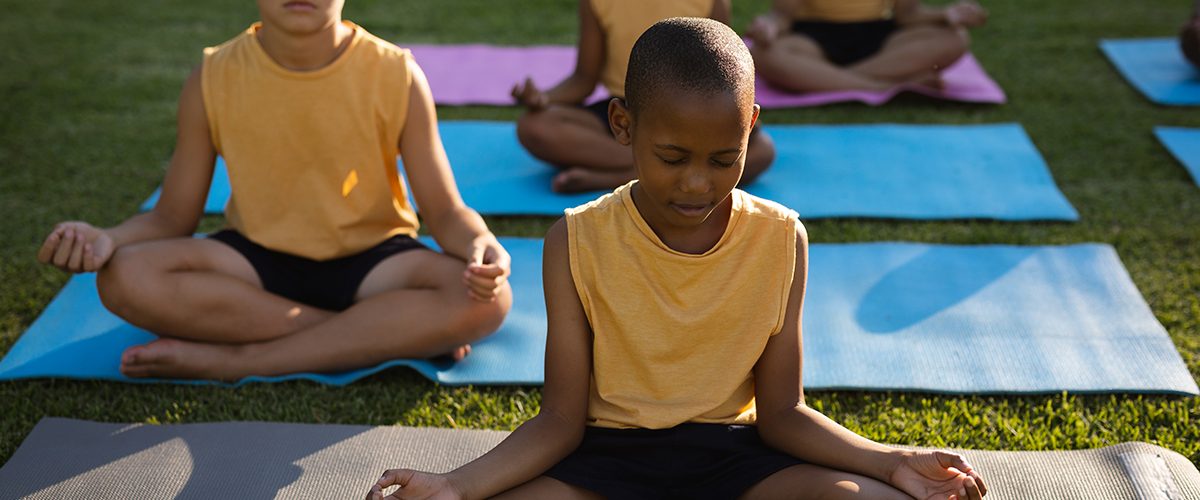In our fast-paced world of constant connectivity, finding genuine connection often feels paradoxically difficult. Many of us live in communities where we barely know our neighbors, yet we crave the sense of belonging that comes from meaningful relationships. The journey toward building stronger communities begins not in town halls or community centers, but in our own homes—with our families serving as the training ground for the mindfulness practices that can transform our interactions with the wider world.
“The quality of our relationships determines the quality of our lives. When we learn to see our families as our first and most important community, we begin to understand how to heal the larger world.” — Thich Nhat Hanh, Peace Is Every Step
Family mindfulness creates a foundation for community engagement by teaching us to truly see and hear each other. When we practice mindful listening with our children, partners, and parents—giving them our full attention without judgment or distraction—we develop the skills needed to extend this same presence to neighbors and community members. This intentional presence creates space for authentic connection that transcends differences and builds bridges of understanding. Through daily family mindfulness practices like shared meals without devices, mindful walks, or simple check-ins, we cultivate the awareness that allows us to notice both the joys and struggles of those around us.
The Kriya yoga principle of tapas—disciplined practice—applies beautifully to this family-to-community approach. By committing to regular practices that foster awareness within our family unit, we develop the discipline needed to sustain community engagement even when it becomes challenging. Whether it’s maintaining regular neighborhood gatherings, volunteering consistently at local organizations, or simply making time to check on elderly neighbors, the self-discipline cultivated through Kriya yoga enables us to show up for our community with reliability and presence. This consistency builds trust—the essential foundation of community cohesion.
As we extend our mindfulness practices from family to neighborhood, we begin to witness the ripple effect in action. Children who observe their parents engaging mindfully with neighbors learn to value community connection. Neighbors who experience being truly seen and heard are more likely to extend the same courtesy to others. Before long, a culture of mindfulness begins to permeate the community, creating spaces where people feel safe to be authentic, vulnerable, and supportive of one another. In this way, family mindfulness becomes not just a personal practice but a revolutionary act of community building—one that has the potential to heal our disconnected society one household at a time.



































